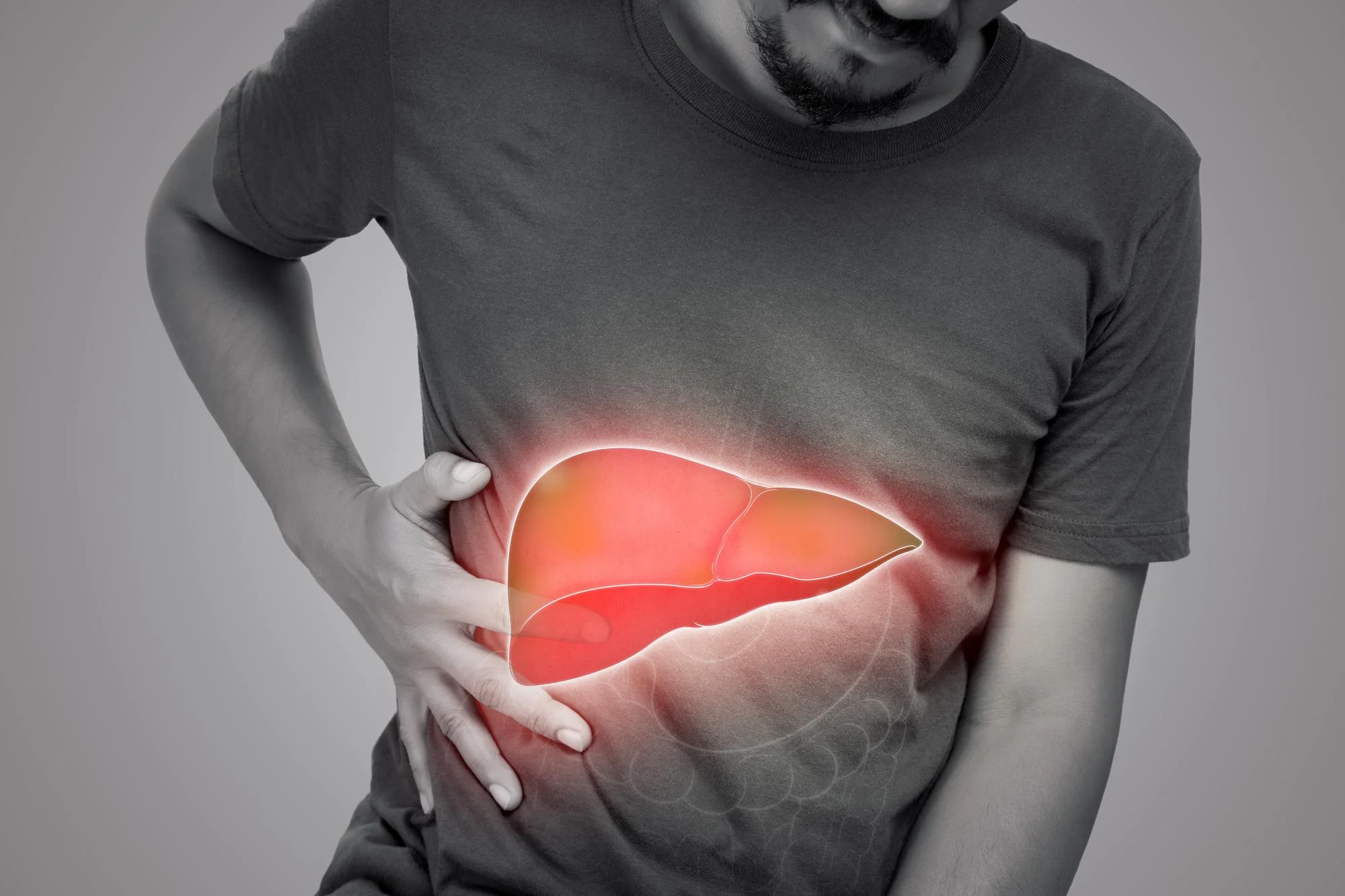Hepatocellular carcinoma (HCC), one of the most common and lethal forms of liver cancer, presents a significant health challenge worldwide. However, a potential breakthrough has emerged with the identification of a long non-coding RNA, PWRN1, that could inhibit the progression of this aggressive disease. A new study, published on January 18, 2024, in the prestigious journal ‘Cancer Letters,’ by a team of researchers led by Fei Mingming, Li Xianying, and Shuhang Liang from the University of Science and Technology of China, has unveiled the tumor-suppressive functions of PWRN1 and its interaction with pyruvate kinase M2 (PKM2)—a mechanism that could lead to innovative treatment strategies for HCC patients.
The Promising Role of LncRNA PWRN1
Long non-coding RNAs are a class of RNA molecules that, unlike their protein-coding counterparts, do not translate into proteins but rather regulate various biological processes including cancer development. PWRN1 has been identified as a lncRNA that acts as a tumor suppressor and is typically expressed at low levels in certain cancers.
In this significant study, the research team discovered that PWRN1 expression is markedly decreased in hepatocellular carcinoma and that its lower levels are associated with a better prognosis for patients. Powerful gain-of-function experiments then indicated that by increasing PWRN1, the proliferation of HCC cells could be effectively inhibited.
PWRN1’s Regulatory Mechanism Unveiled
The Chinese researchers dug deep into the molecular details and discovered that PWRN1 could up-regulate pyruvate kinase—a key enzyme in the final steps of glycolysis, which is the metabolic pathway used by cells to convert glucose into energy. Their experiments showed that PWRN1 could boost the activity of PKM2, a specific form of pyruvate kinase crucial for cancer cell metabolism, and hinder its transport into the cell nucleus, where it otherwise plays a role in promoting cancer cell growth.
The action of PWRN1 was shown to reduce the levels of lactate—a product of glycolysis augmented in cancer cells—by lowering the expression of the LDHA gene, which is a downstream target of an oncogene named c-Myc. By doing so, PWRN1 dampened the glycolytic pathway often exploited by cancer cells to fuel their uncontrolled proliferation, also known as the Warburg effect.
Therapeutic Applications and TEPP-46
Another part of the study’s findings revealed that TEPP-46, an activator of pyruvate kinase, could suppress the proliferation of HCC by stabilizing the active form of PKM2 as tetramers, thereby promoting its enzymatic activity. This insight into the relationship between PWRN1 and pyruvate kinase activators like TEPP-46 suggests a promising combined therapeutic approach that could target HCC more effectively.
The study’s authors are optimistic about the potential of PWRN1, in conjunction with PKM2 activators, to be a novel therapeutic target against HCC, offering hope for better management of a condition that currently has limited treatment options.
Reference to the DOI and Acknowledgment of Competing Interests
For researchers, clinicians, and stakeholders interested in the detailed findings and methodology of this significant research can refer to the Digital Object Identifier (DOI) 10.1016/j.canlet.2024.216620. The study was published in ‘Cancer Letters’ and is authored by Fei Mingming, Li Xianying, Liang Shuhang, Zhou Shuo, Wu Huihui, Sun Linmao, Liu Yao, Hu Qingsong, Liu Lianxin, and Wang Jiabei. In their declaration, the authors disclosed no known competing financial interests or personal relationships that could influence the work reported in this paper.
Keywords
1. Hepatocellular carcinoma treatment
2. Long non-coding RNA PWRN1
3. PKM2 activators HCC
4. LncRNA cancer therapy
5. TEPP-46 liver cancer
References
1. Mingming, F., Xianying, L., Shuhang, L., et al. (2024). LncRNA PWRN1 inhibits the progression of hepatocellular carcinoma by activating PKM2 activity. Cancer Letters, 584, 216620. https://doi.org/10.1016/j.canlet.2024.216620
2. World Cancer Research Fund International. (n.d.). Liver cancer statistics.
3. He, L., & Hannon, G.J. (2004). MicroRNAs: small RNAs with a big role in gene regulation. Nature Reviews Genetics, 5(7), 522-531. https://doi.org/10.1038/nrg1379
4. Christofk, H.R., Vander Heiden, M.G., Wu, N., et al. (2008). The M2 splice isoform of pyruvate kinase is important for cancer metabolism and tumour growth. Nature, 452(7184), 230-233. https://doi.org/10.1038/nature06734
5. Israelsen, W.J., & Vander Heiden, M.G. (2015). Pyruvate kinase: Function, regulation and role in cancer. Seminars in Cell & Developmental Biology, 43, 43-51. https://doi.org/10.1016/j.semcdb.2015.05.003
This groundbreaking study promises to open new avenues for the treatment of HCC, combining molecular biology insights with clinical application to improve patient outcomes. The hope is that through research like this, we can make strides in turning fatal conditions like hepatocellular carcinoma into manageable diseases.
